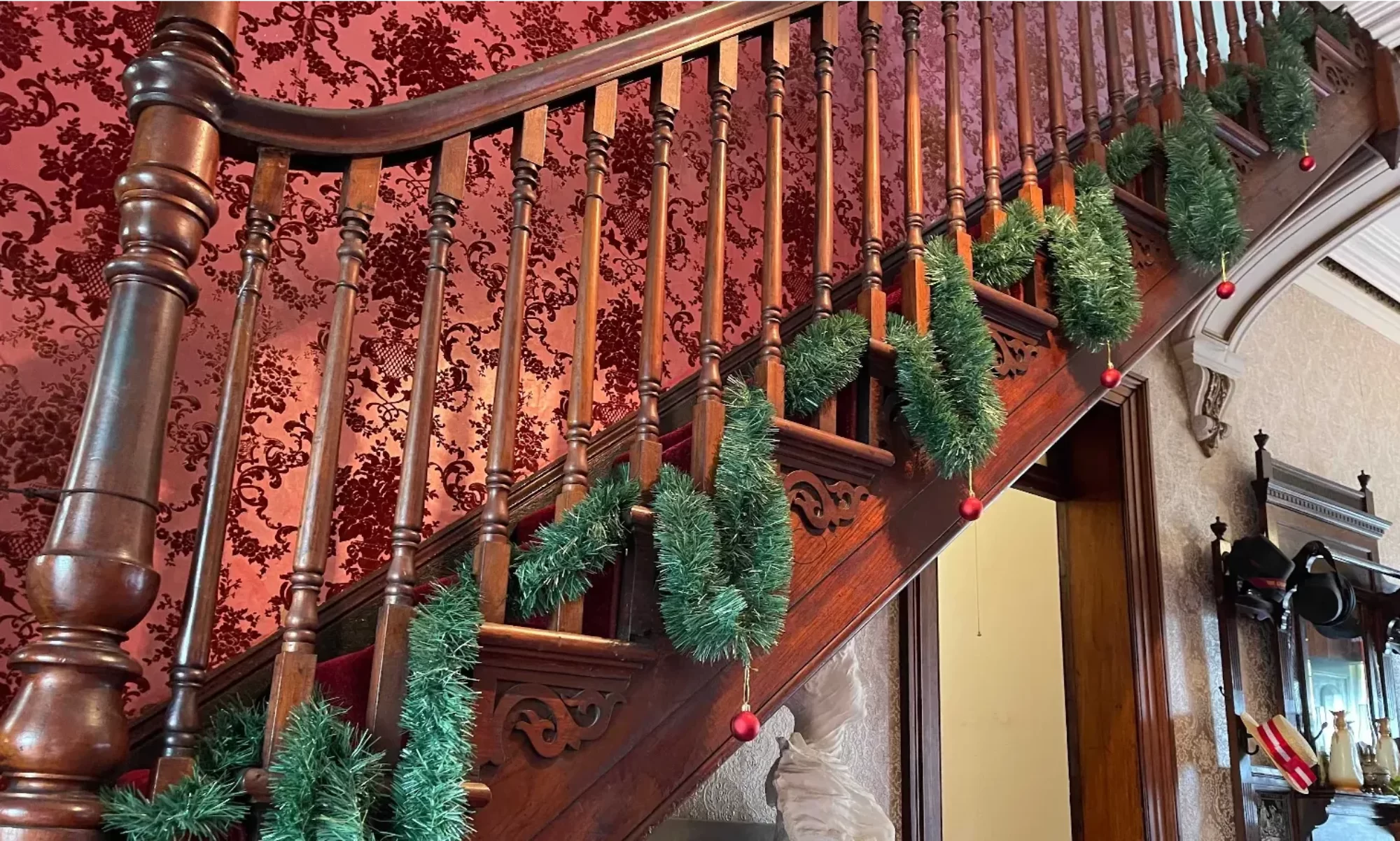(article from October 1963) Unless it receives another last minute reprieve, lovely “Rosevale Villa”, for more than ninety years a landmark at the entrance to Rockdale Shopping Centre will soon disappear to make way for a service station. Persistent efforts by this Society to the Rockdale Council for removal of the building on Princes Highway …
Continue reading “District To Lose Two Of Its Most Historic Buildings”

